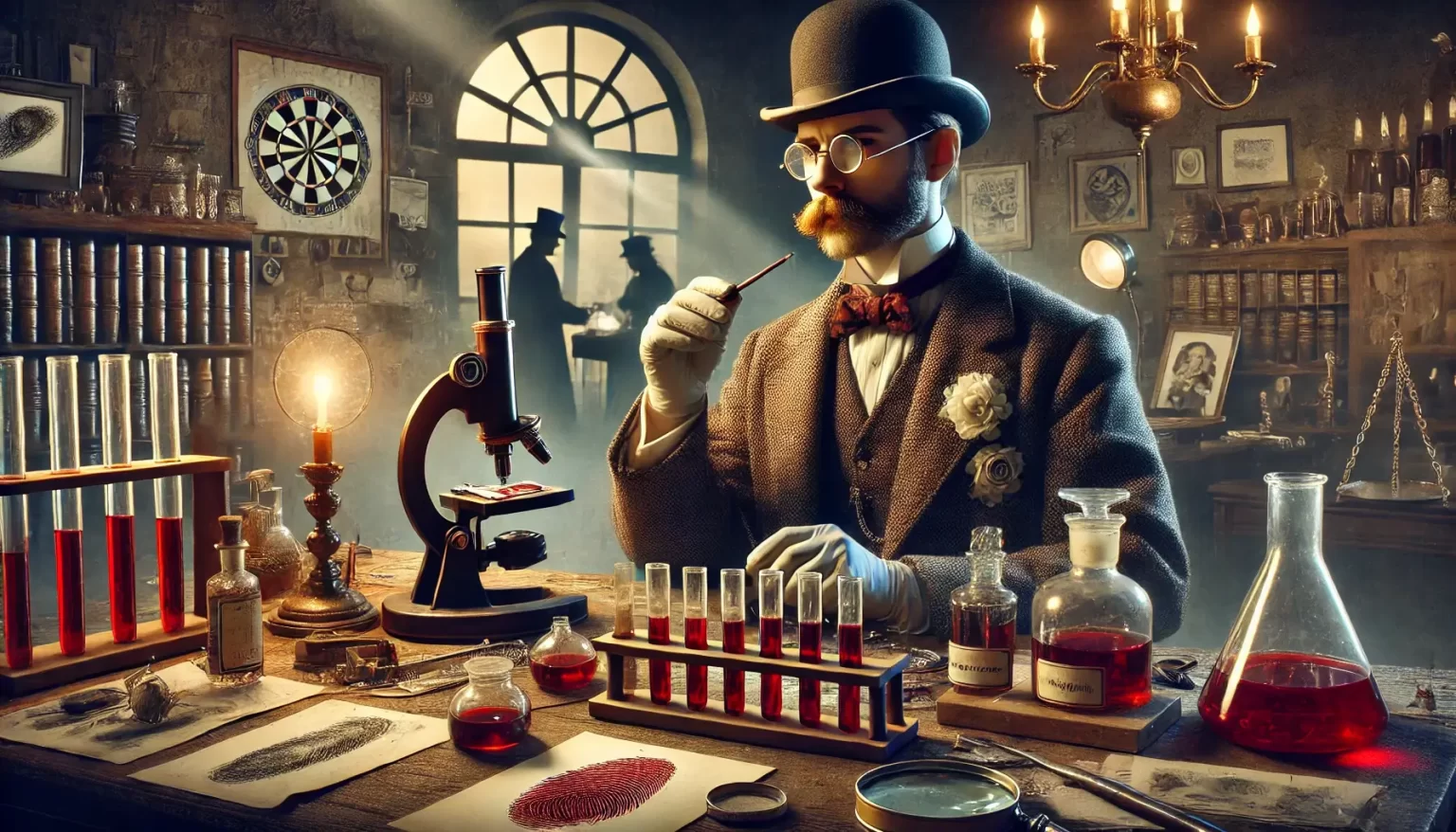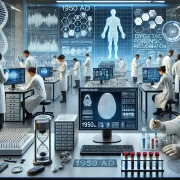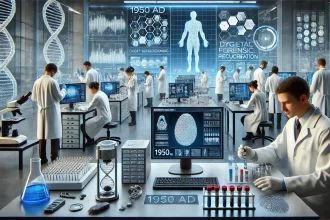Conclusion for the Modern Era (1800 AD to 1950 AD)
The journey of forensic science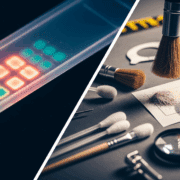

As forensic science continues to evolve with DNA DNA, or Deoxyribonucleic Acid, is the genetic material found in cells, composed of a double helix structure. It serves as the genetic blueprint for all living organisms. Read Full Definition technology, digital forensics, and artificial intelligence, its impact on law enforcement, criminal investigations, and the justice system remains unparalleled. The advancements made between 1800 and 1950 were just the beginning of a scientific revolution that continues to shape forensic investigations today.
DNA, or Deoxyribonucleic Acid, is the genetic material found in cells, composed of a double helix structure. It serves as the genetic blueprint for all living organisms. Read Full Definition technology, digital forensics, and artificial intelligence, its impact on law enforcement, criminal investigations, and the justice system remains unparalleled. The advancements made between 1800 and 1950 were just the beginning of a scientific revolution that continues to shape forensic investigations today.
The Modern Era was a transformative period for forensic science, with the establishment of fingerprinting, the rise of forensic toxicology, and the creation of the first crime laboratories. These advancements, combined with new ballistics and blood typing technologies, paved the way for the DNA profiling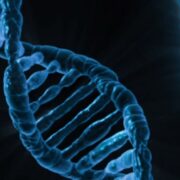
- Previous Era: The Renaissance to Early Modern Era (1500 AD to 1800 AD)
- Next Era: The Contemporary Era (1950 AD to Present)
Which forensic breakthrough from the 19th or early 20th century do you think had the most impact on modern investigations? Share your thoughts below!



